COOKING FOR FIFTY is a key task of the intermediate term at Leiths culinary school, designed to get us thinking about cooking for larger numbers and cooking under pressure. You are put into teams of five, and have a couple of hours to prepare a lunch for fifty of the culinary students, that also fits a budget. A bit MasterChefy, but with a soft audience who are willing you on.
We’ve decided on cooking fish en papillote. It’s no accident we’ve picked this cooking method. It’s easy to prep. Difficult to mess up. A no fuss method, which I’ll show you how to do in just a minute.
But first up, what is cooking en papillote? And why it’s a healthy choice…
GETTING HEALTHY BITE BY BITE
We get healthy bite by bite, not in one meal, but in a series of small changes, that together lead to a bigger result.
Cooking en papillote is one of the healthiest cooking methods there is:
Nutrients are retained. Unlike when you boil vegetables, the food when you cook en papillote is not immersed in water, and so the nutrients don’t leach int the water. For example, you’ll lose 50% of broccoli’s vitamin C when you boil it, compared to about 15% when steaming it like this.
Texture is preserved. Vegetables have a crunch. Fish stays moist.
Very little fat needed. Cooking en papillote requires very little additional fat meaning the end dish is lighter and cleaner.
BECOMING A BETTER COOK
The secret of being a good cook is to enjoy the process of cooking as much as the food itself. By understanding the how’s and why’s we gain more confidence in the kitchen.
Sounds flash, but cooking en papillote couldn’t be easier. Wrap the food you want to cook in parchment paper (you could use foil or banana or fig leaves instead of paper) and bake the whole parcel in the oven. That’s it! Ten to fifteen short minutes later and you are opening up your perfectly steamed lunch or dinner.
As the vegetables, fish etc cook, they releases moisture. This moisture vaporises into steam. When the steam comes in contact with the food, it cools and condenses back to water, but as it does it releases energy in the form of latent heat cooking the food.
Best fish en papillote - Most fish, especially if they are thick pieces: hake, cod, sole, haddock, flounder, turbot, salmon are all good choices. You can use thin fillets (sea bass, bream) but be aware they cook quickly.
Best vegetables en papillote - Asparagus, courgette, french beans, red peppers… practically anything sliced thinly. If you want to use root vegetables, then roast them first.
Best herbs and spices en papillote - You name it: thyme, dill, oregano, tarragon, cumin seeds, fennel seeds, fresh ginger, lemongrass, cinnamon. Go with the flavour profiles you like best.
Best fruits en papillote - Segments of citrus fruits, slices of peach, halved apricots, raspberries, blackberries, blueberries.
You can create your own recipes easily by layering up your parcel like this:
Base layer: choose a vegetable.
Middle layer: place the fish.
Top layer: add aromatics / herbs / fruit.
Also add: a small amount of liquid (ie citrus juice, soy, marinades, reduced stocks)
Also add: a small amount of fat (ie butter, oil)
OK, now onto the recipe…
Here’s a version of what we used during the Cooking for Fifty challenge. It is simple enough, but I’d advise if its the first time you’ve used this cooking method, to try it out on your nearest and dearest, before you invite the whole street.
Mediterranean Fish Parcel:
Hake, Fennel, Orange
For 4 people
2 large fennel bulbs
2 tsp fennel seeds
for the fennel marinade:
1 lemon
1 tbs cider vinegar
for the orange sauce:
2 oranges
1 tbs soy sauce
1 tbs freshly grated ginger
1 tbs honey
4 pieces of hake (or other white fish)
4 pieces of parchment paper
Fennel - 2 ways
To add flavour, we are going to use the fennel in two ways: roasting one and marinading the other. It’s a bit more faff, but worth it.
Step 1: Roast Fennel
Pre-heat the oven 180°C/ 350°F.
Take one fennel. Chop off the green fronds (keep them to add to the finished dish later), then slice the fennel thinly.
Drizzle with oil and sprinkle with fennel seeds. Cover with foil and roast until lightly caramelised, turning over half way through. This will take about 30-40 minutes.
Step 2: Raw Fennel in Marinade
Take the second fennel and slice into thin ribbons.
Add to a bowl along with the juice from one lemon, and the cider vinegar. Allow to soften for 20 minutes.
Step 3: Reduce Orange Sauce
Add the juice from two oranges, the soy sauce, a chunk of grated ginger and a spoon of honey to a pan and heat.
Reduce slowly, over a medium-low heat, until you have a thickened syrupy sauce.
(find out more about reductions here)
Step 4: Make the Fish Parcel
See video above
Pre-heat the oven 180°C/ 350°F
Fold a sheet of parchment paper in half, cut half a heart shape. Open and lay flat.
Brush the paper with a little of the reduced orange sauce. Then on one side of the fold, build up the layers. Start by adding the roasted fennel slices as a base. Then add the hake. Brush the hake with more of the reduced orange sauce. Top with the raw marinaded fennel. Add a drizzle of olive oil, orange and lemon zest, and some salt.
Fold the parchment paper over the fish, and crimp the edges.
Place in the hot oven, for around 15 minutes.
Serve at the table, rip open the parcel and dig in!
Keep in Mind
Take care to get a good seal on the parchment paper. It’s important that no liquid or steam can escape.
The parcel should swell as it cooks, and the moisture vaporises to steam.
Step 5: Serve at the table
Place the whole parcel on top of a plate and let your eaters rip open the paper.
If you have any fennel or orange left over serve it as a side salad, along with some fresh baguettes to soak up the juices.
Other combinations you could try cooking en papillote:
Spiced Peaches with cinnamon, star anise, fresh ginger, honey and lemon zest.
Lemon Butter Salmon with lemon slices, lemon zest, fresh dill, asparagus and butter.
Mediterranean Cod with sliced red pepper, cherry tomatoes, black olives and extra virgin olive oil.
I’d love to hear from you if you’ve tried any of the recipes from Olympian Kitchen? Do let me know by leaving a comment:
Find out more about Olympian Kitchen
Start Here
Welcome to Olympian Kitchen. Let me explain who I am, and what you will find here. I’m Nicola Fairbrother, and Olympian Kitchen is a newsletter you can sign up to get healthy recipes.
How to pitch Olympian Kitchen
I’d like to give back to the Substack writing community, with a section on Olympian Kitchen for paid guest writers - is that you? I will pay up to £300.00 per article. If you’re interested, please send a pitch (or full piece) for consideration to: olympiankitchen@substack.com
Olympian Kitchen is written by Nicola Fairbrother MBE, 8th Dan, Olympic silver medallist.
More about my work and me. I’m Nicola Fairbrother. I’m a double Olympian (Barcelona 1992 Silver and Atlanta 1996 5th), light-weight World Champion (1993), triple European Champion, voted by Sunday Times as Sportswoman of the Year and awarded a MBE by HM The Queen. I publish a range of children’s judo books (Koka Kids) and run another substack delivering judo coaching resources. I’m a trained chef (Leiths Professional Diploma) and have completed a 100 day chef-stage in Spanish Michelin kitchens.






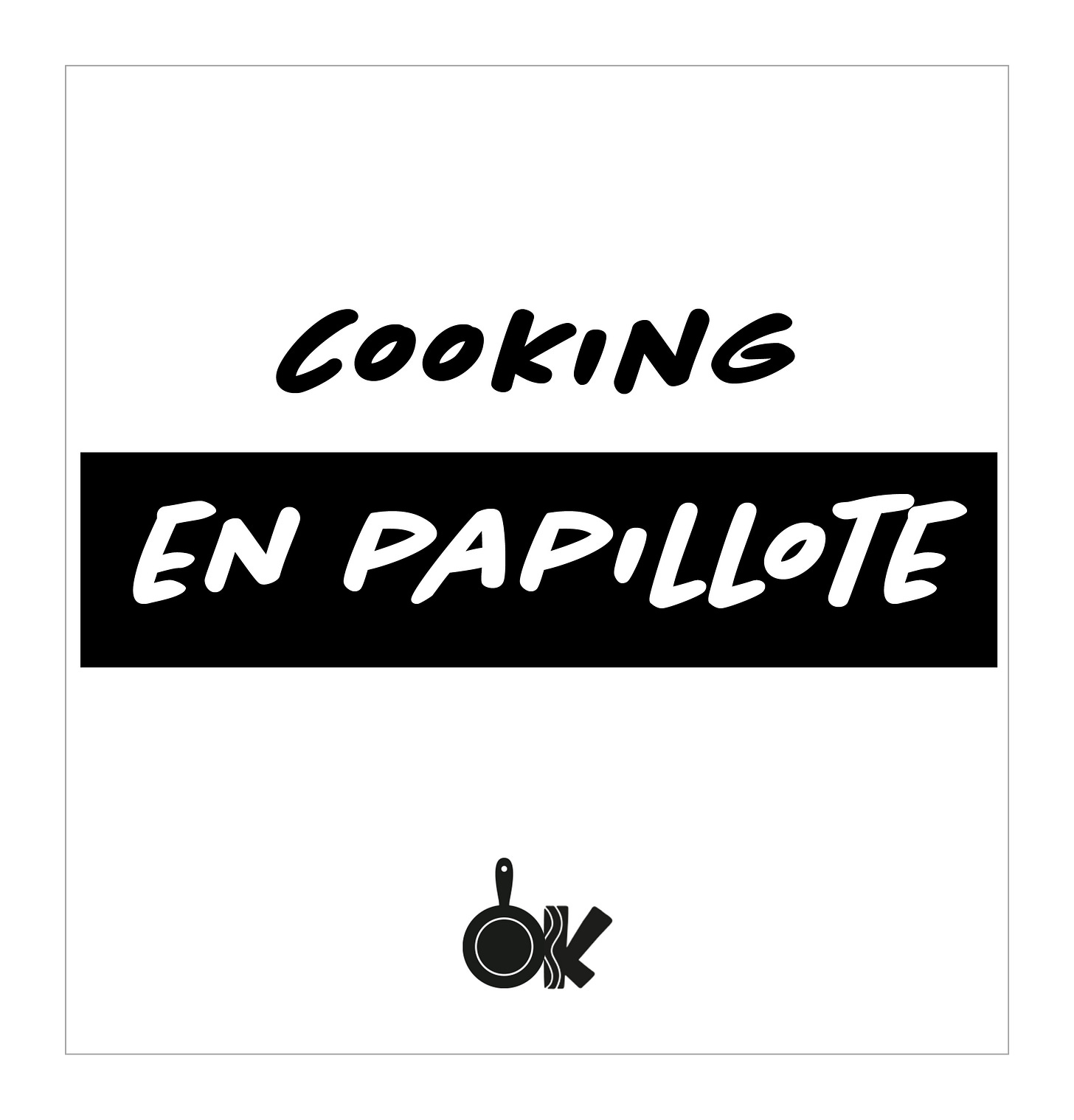


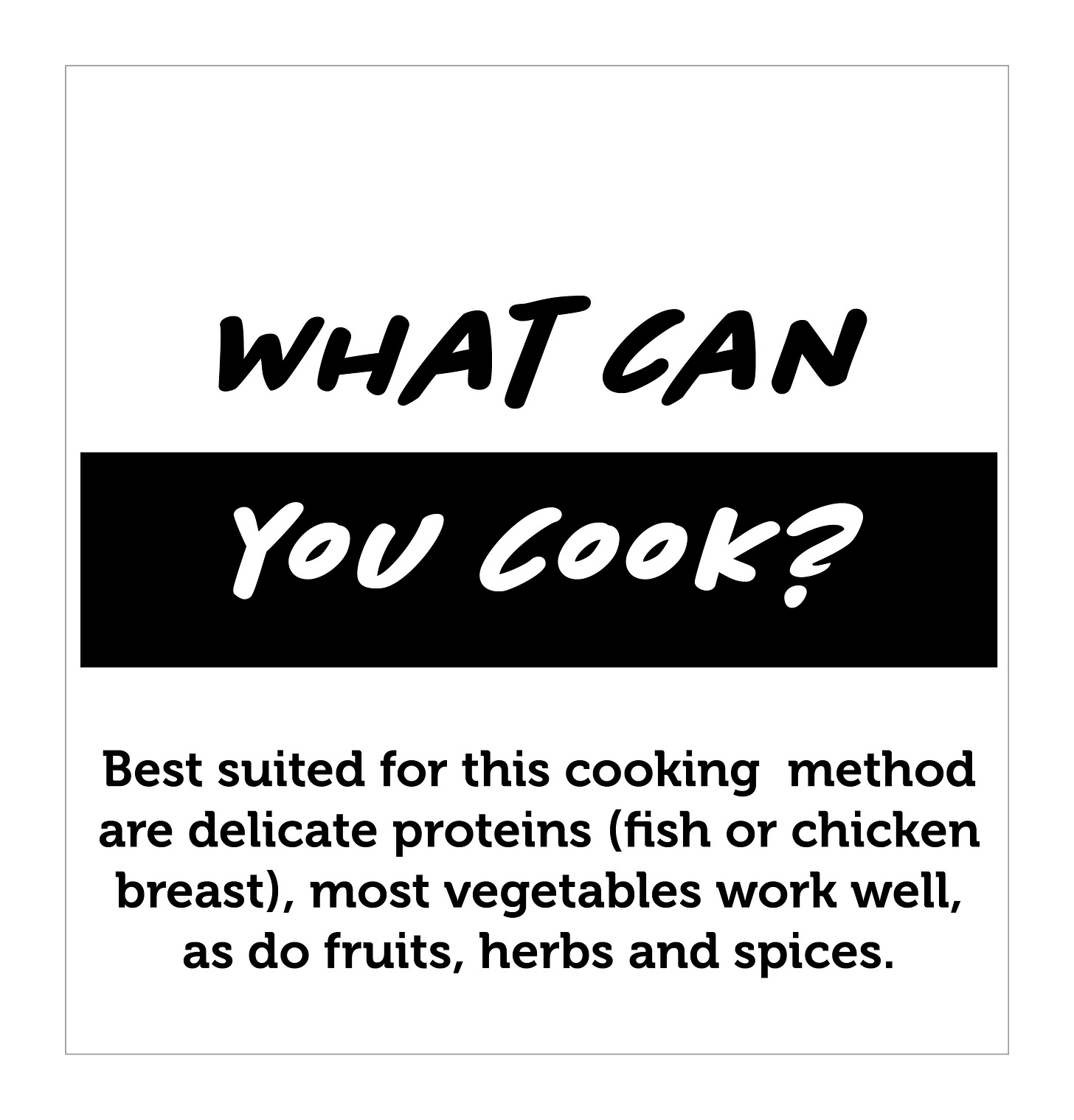

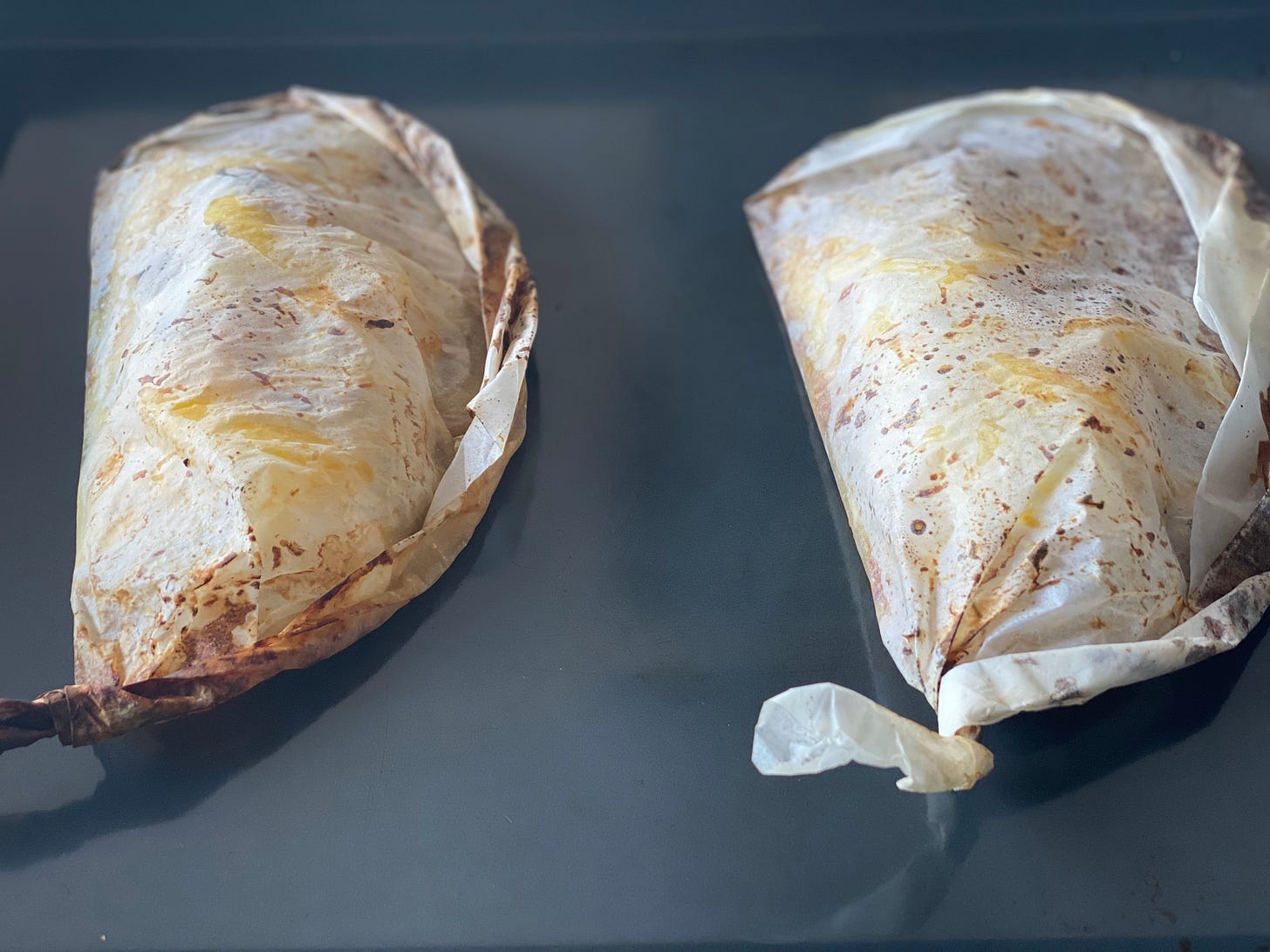
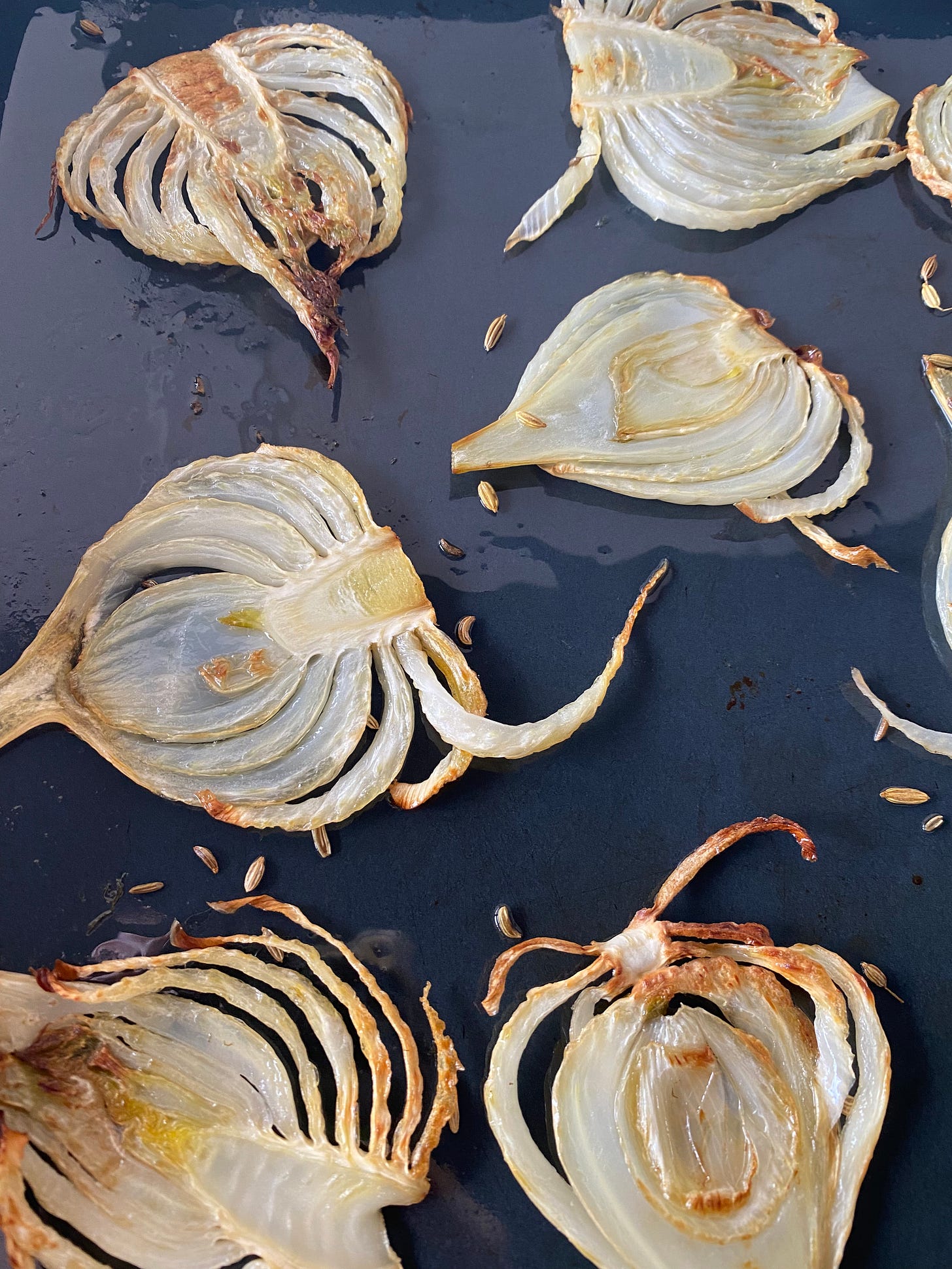
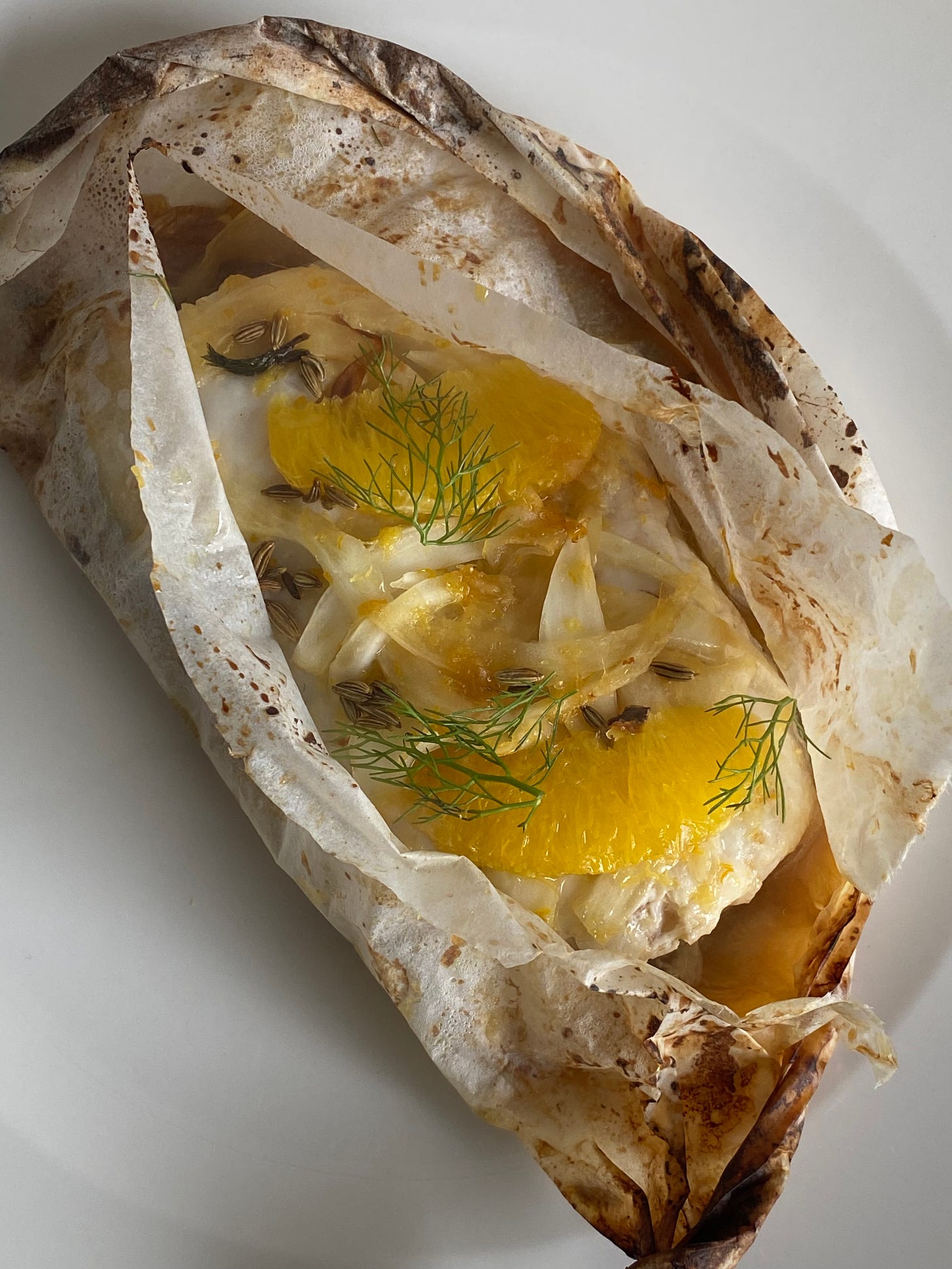

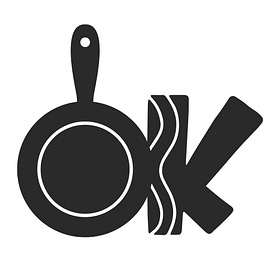
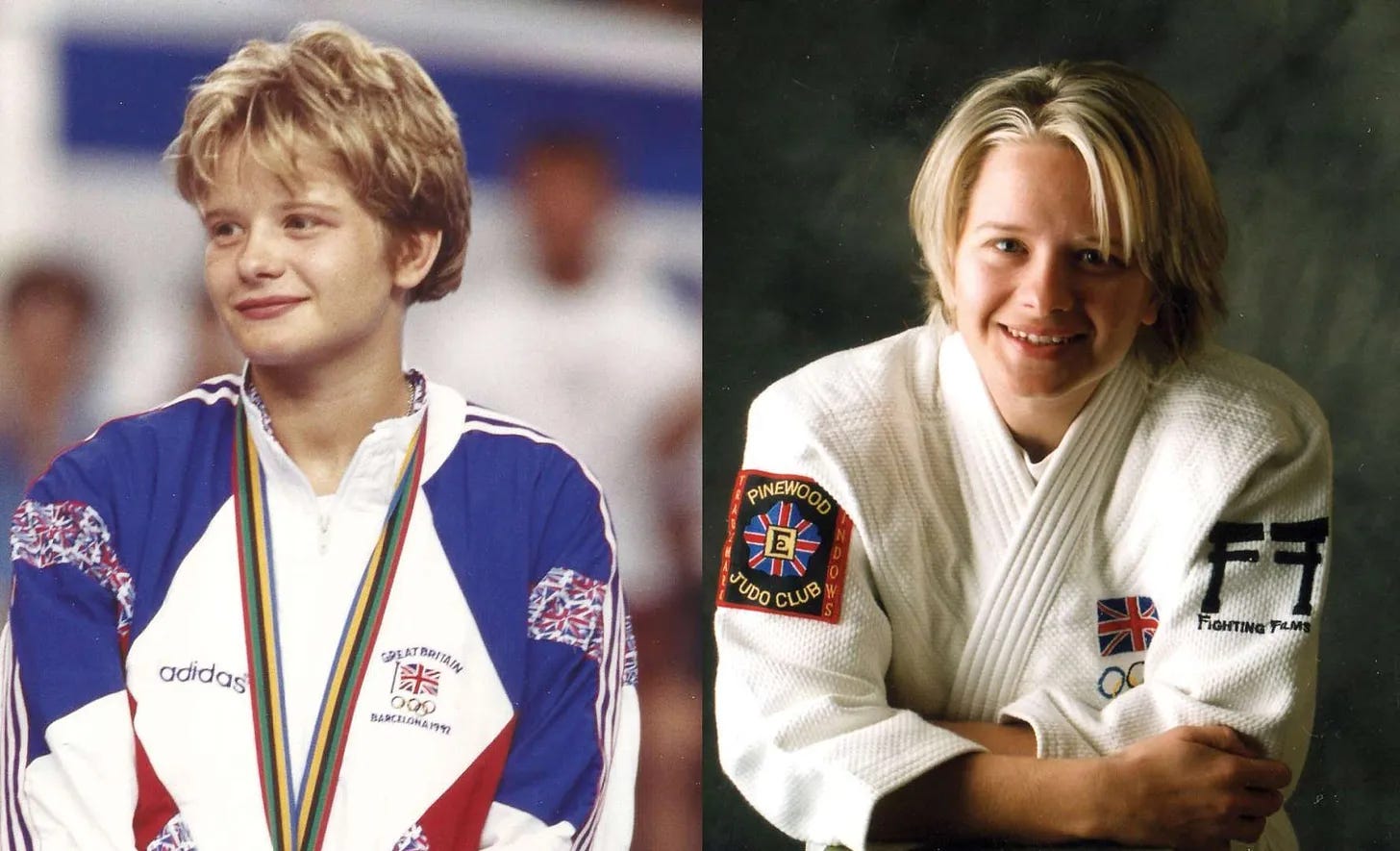
Sounds wonderful! We had the most amazing vegetables in Genoa cooked this way and finished once with a gorgeous blue, another time with fantastic pesto. I’ll try your lovely recipe with white fish soon!
Like that way of cooking. Specially fish with vegetables. I have seen my husband doing that once.